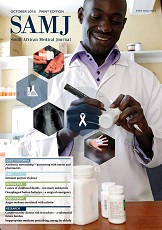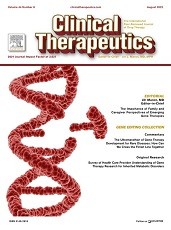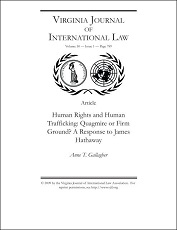Courtney S Campbell, Jan Hare, Pam Matthews

Extract
Proposals to legalize assisted suicide challenge hospice’s identity and integrity. In the wake of Measure 16, Oregon hospice programs must develop practical policies to balance traditional commitments not to hasten death and not to abandon patients with dying patients’ legal right to request lethal prescriptions. . . . . .
Regardless of the path an individual hospice may follow,-it cannot avoid the uncharted and unknown territory of a law that legalizes a lethal prescription and a scheduled death for some terminally ill patients. Whether a hospice forges a path through the middle of this territory through full participation, skirts along its borders by forms of indirect participation, or creates a detour through abstention and nonparticipation, the nature and mission of hospice in Oregon will be irreversibly altered.
Campbell CS, Hare J, Matthews P. Conflicts of Conscience: Hospice and Assisted Suicide. Hastings Cent Rep. 1995 May;36-43.





